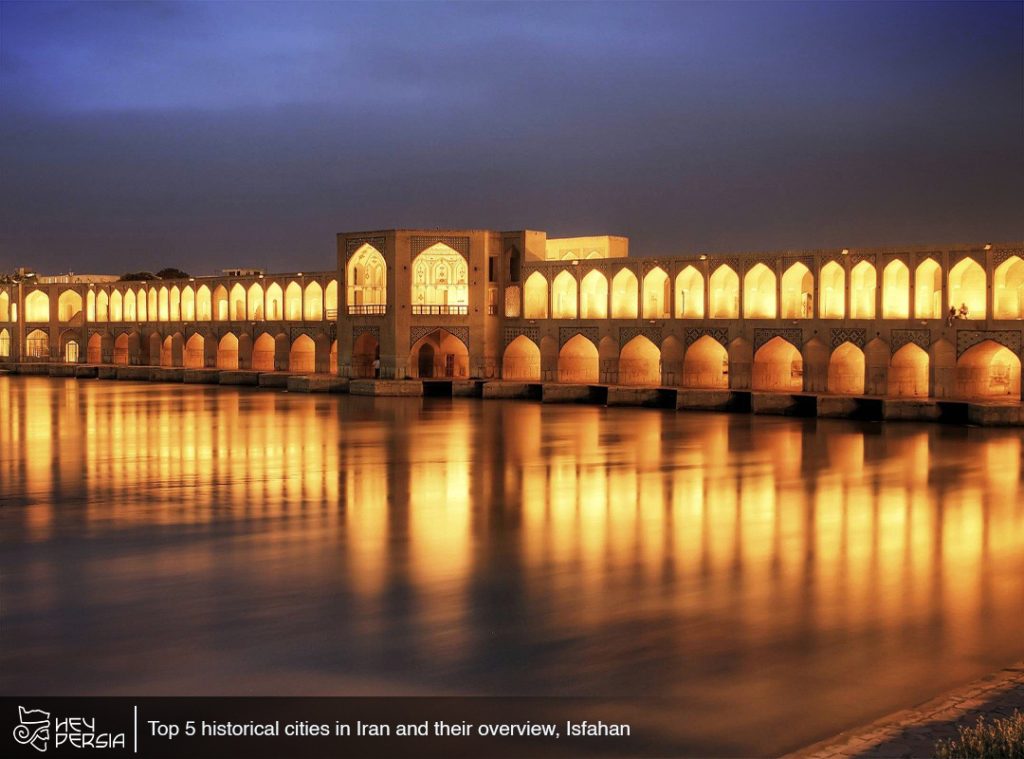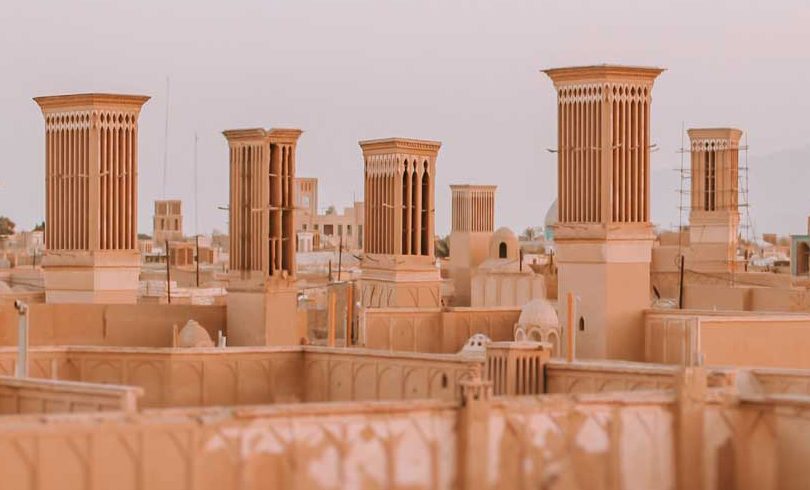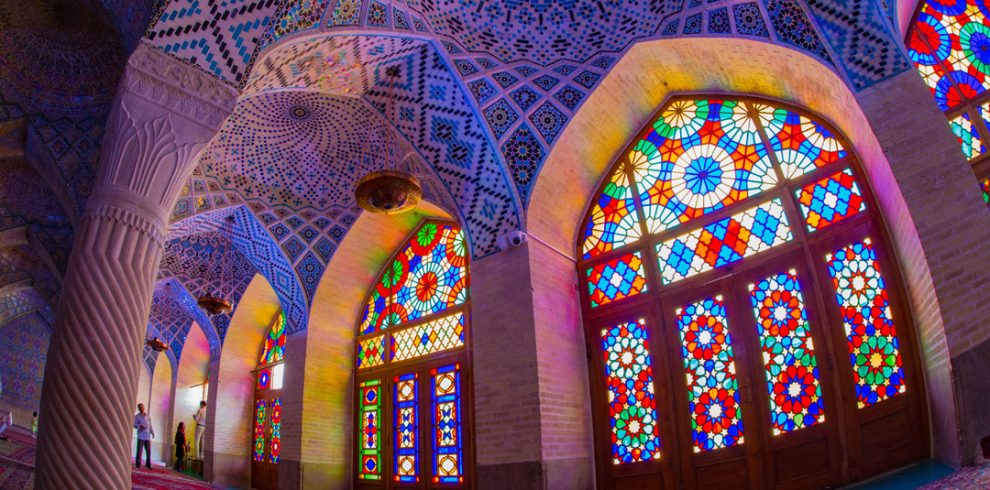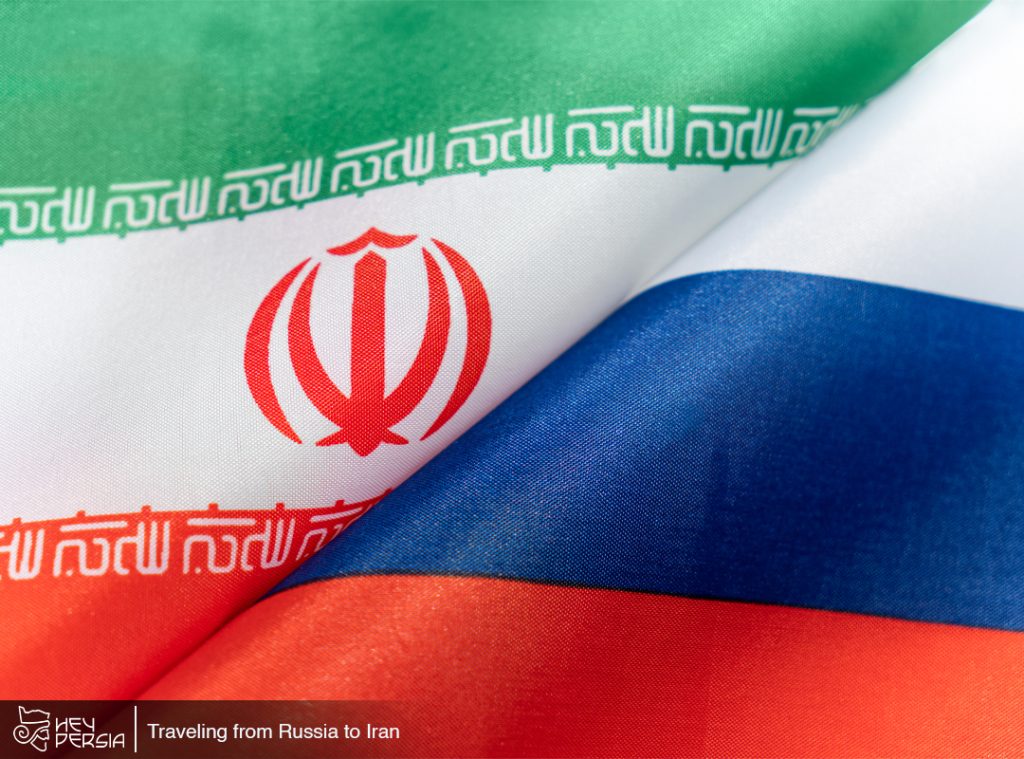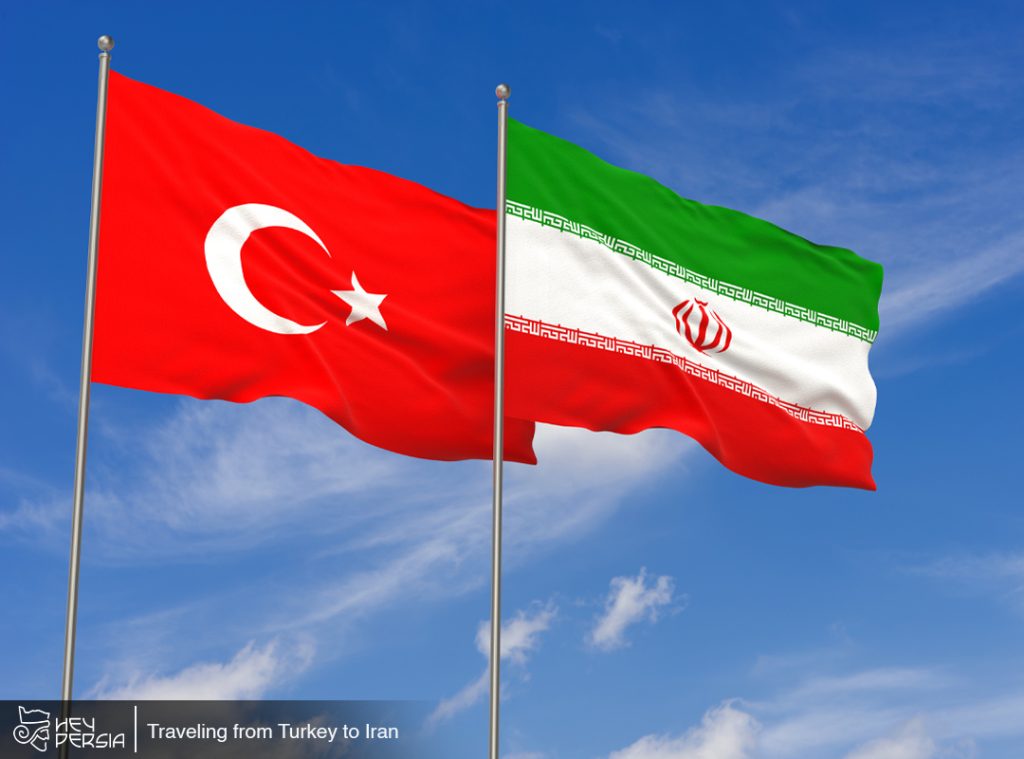Nestled in the heart of the Middle East, Iran beckons with a tapestry of historical wonders woven across its landscapes and cities. Among these urban gems, five stand out. As repositories of the nation’s rich cultural and architectural legacy: Isfahan, Shiraz, Shoush, Yazd, and Kerman. Each city, a chapter in Iran’s storied past. Each unfolds a narrative that transcends centuries, offering a glimpse into the diverse tapestry of Persian civilization. From the opulent grandeur of Isfahan to the poetic allure of Shiraz.
The ancient echoes of Shoush, the Zoroastrian heritage in Yazd, and the desert gateway of Kerman, these cities invite us to traverse time and culture, unveiling the layers of history that have shaped modern-day Iran. A journey through these historical hubs, where the echoes of the past resonate in the present. By creating a harmonious blend of tradition and innovation. Learn more about the Top 5 historical cities in Iran and everything that they have to offer at Hey Persia.
Isfahan: The Jewel of Persia and number 1 of Top 5 historical cities in Iran
Generally, Isfahan, often referred to as “Nesf-e Jahan” (Half of the World). It stands as a testament to Iran’s rich cultural and historical heritage. Renowned for its stunning architecture and vibrant city life, Isfahan served as the capital of Persia during the 16th and 17th centuries under the Safavid dynasty. The Naqsh-e Jahan Square, a UNESCO World Heritage site, lies at the heart of the city. It’s surrounded by architectural marvels such as the Imam Mosque, Sheikh Lotfollah Mosque, and the Ali Qapu Palace. The intricate tilework, grandeur of the bridges over the Zayandeh River. The historic bazaar contribute to Isfahan’s status as one of the most significant cultural hubs in the region.
Top 5 historical cities in Iran and the 2nd one is Shiraz
Shiraz, known as the city of poets, literature, and flowers, has played a crucial role in Persian culture for over two thousand years. Home to the famous poets Hafez and Saadi, Shiraz exudes an air of creativity and intellectualism. The city’s historic sites include the splendid Nasir al-Mulk Mosque, with its mesmerizing stained glass windows, and the ancient Persepolis. Furthermore, It is a UNESCO World Heritage site dating back to the Achaemenid Empire. In addition to its rich cultural heritage, Shiraz boasts lush gardens like Eram Garden and the famous aromatic rose gardens, making it a city where nature seamlessly intertwines with history and art.
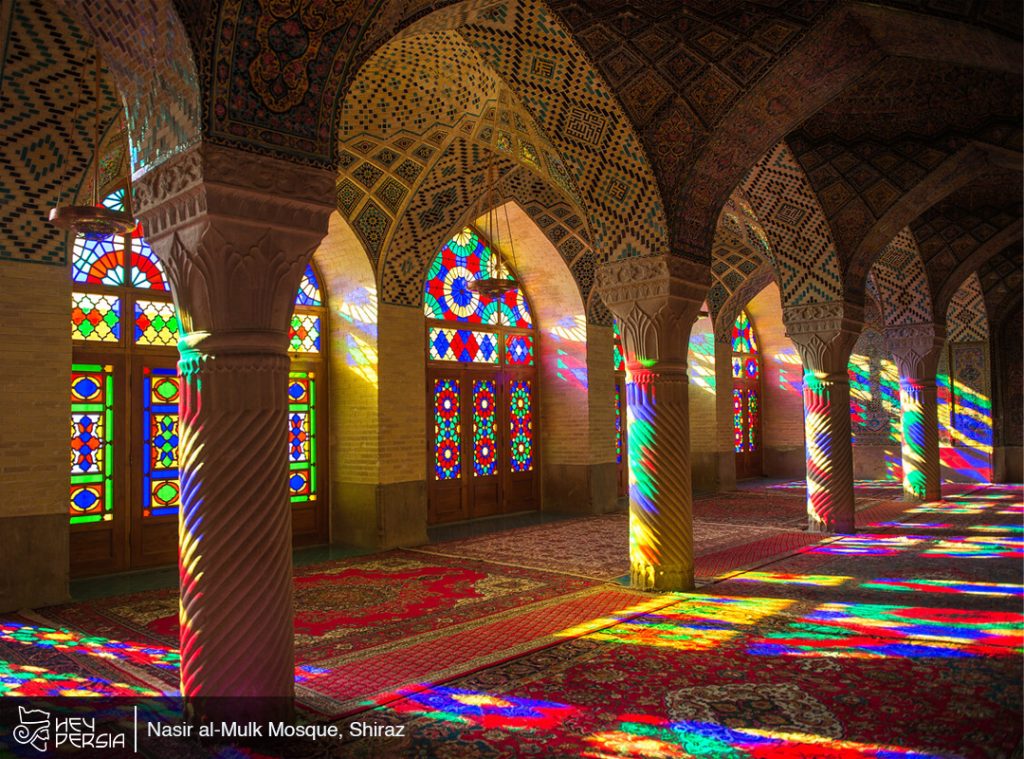
Yazd: The Desert Oasis of Zoroastrian Heritage
Yazd, with its unique desert landscape, stands as a living testament to the endurance of Iranian culture against the harsh backdrop of the central Iranian plateau. Renowned for its distinctive wind towers and qanats, Yazd is a UNESCO-listed city where Zoroastrian traditions are deeply embedded. The Jameh Mosque of Yazd, a fusion of Persian and Islamic architecture, exemplifies the city’s cultural synthesis. The Fire Temple, housing a sacred flame that has burned for over 1,500 years, pays homage to Yazd’s Zoroastrian roots. The city’s adobe architecture and labyrinthine alleys further add to its charm, creating an atmosphere that transports visitors back in time.
Shoush: The Ancient Hub of Elamite Civilization
Shoush, or Susa, carries the weight of millennia, being one of the world’s oldest continuously inhabited cities. Serving as the capital of the Elamite Empire and later as a significant center under the Achaemenid Empire. Shoush has witnessed the rise and fall of various civilizations. Its archaeological sites, including the Apadana Palace and the ziggurat of Chogha Zanbil, offer a glimpse into the grandeur of ancient Elamite architecture. The city’s historical significance extends to biblical narratives, further highlighting its role in shaping the narrative of the ancient Near East.

Kerman: Gateway to the Desert and Persian Carpets
Kerman, situated on the edge of the Dasht-e Kavir desert, has been a vital trade and cultural hub for centuries. Famed for its intricate Persian carpets, Kerman has a rich history reflected in landmarks like the Shazdeh Mahan Garden, which includes a bathhouse, mosque, and bazaar. The city’s mud-brick architecture and the ancient Bam Citadel contribute to its historical allure. Kerman has been a crossroads for various civilizations, evident in its diverse cultural influences. The city’s strategic location along the Silk Road and its role in the production of exquisite carpets have contributed to its historical and economic significance.
Top 5 historical cities in Iran and everything you need to know
These five historical cities in Iran, each with its unique charm and historical significance, collectively narrate the story of a nation deeply rooted in cultural diversity and enduring heritage. Whether it’s the grandeur of Isfahan, the poetic soul of Shiraz, the ancient echoes of Shoush, the Zoroastrian legacy in Yazd, or the desert gateway of Kerman, these cities offer a captivating journey through Iran’s rich tapestry of history, art, and civilization.

